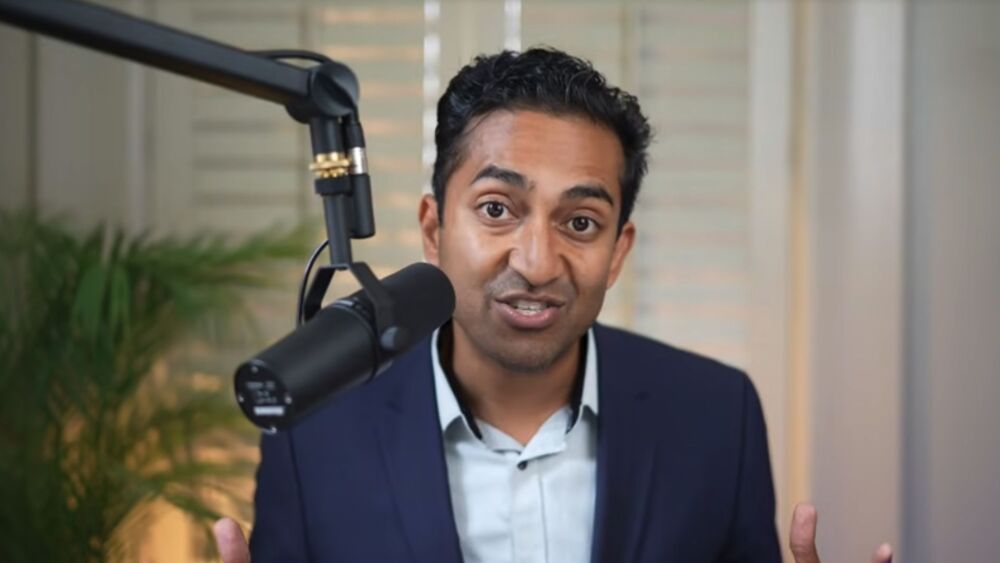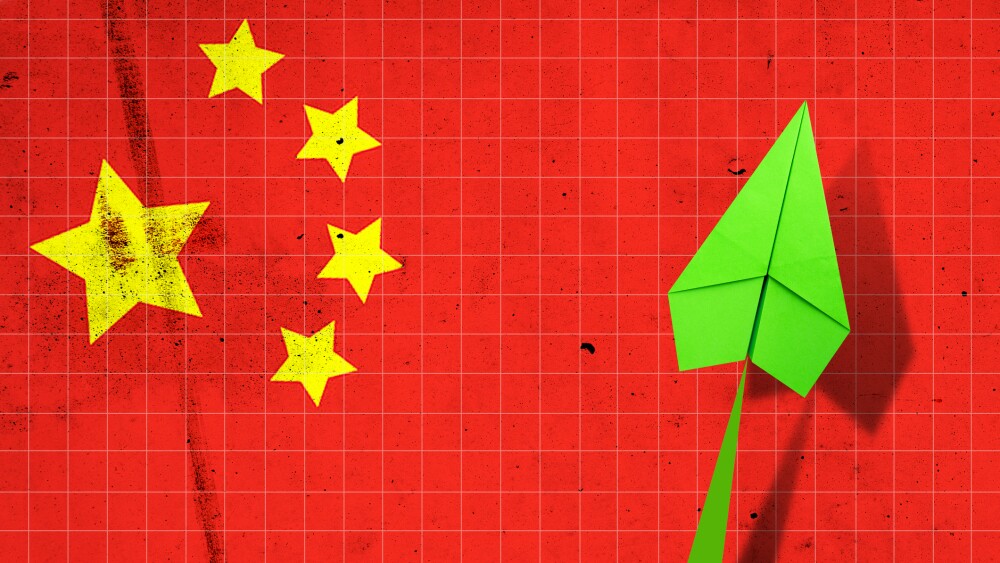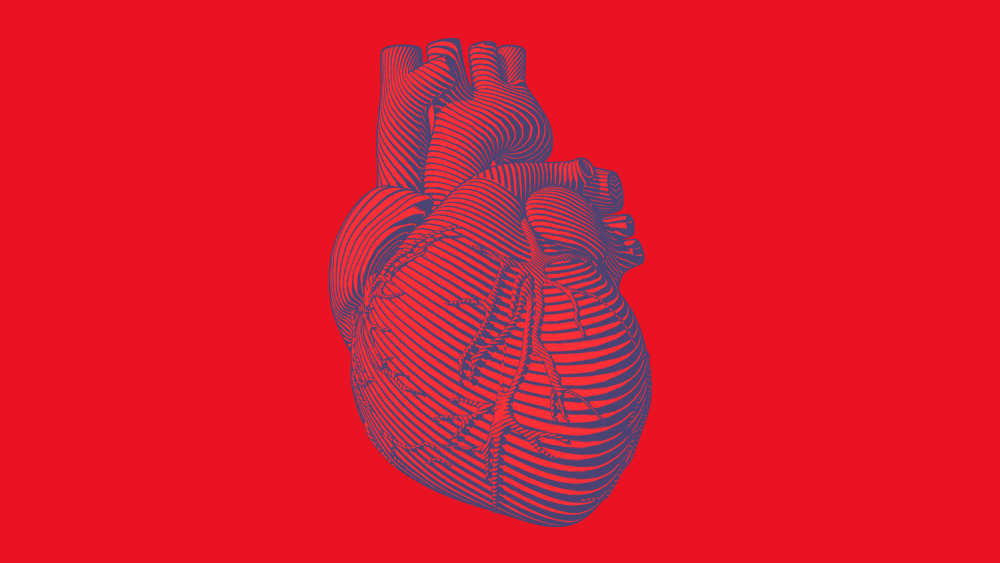In an investor call Thursday, AstraZeneca CEO Pascal Soriot outlined his company’s approach to obesity drug development based on “the medical aspect” of weight loss, including driving down visceral fat.
In an obesity space that has grown highly competitive—and, in recent days, combative—AstraZeneca plans to carve a niche for itself by looking beyond appearances.
“On a personal level, I don’t like so much this word ‘obesity,’” CEO Pascal Soriot told reporters on a media call Thursday to present the pharma’s Q3 earnings. “On an aesthetic viewpoint, people can look the way they want.” Instead, AstraZeneca is focusing its efforts on the health consequences of excessive fat accumulation on the body.
“What is really fundamental is the so-called visceral fat,” Soriot explained, referring to the fat that covers the liver, the heart and other internal organs. “This is what we need to drive down.”
Aside from targeting visceral fat, AstraZeneca is also looking to stand out in the obesity game with medicines that help patients reduce weight without eating away at muscle mass. Muscle, according to Soriot, “is a fundamental aspect of keeping people healthy.”
“What we’re focused on is not the aesthetic aspect,” Soriot said. “It’s really the medical aspect.”
To this end, AstraZeneca believes it has assembled a portfolio of what the CEO called “the next-generation” of obesity treatments.
AstraZeneca’s more medically geared philosophy toward treating obesity was reflected in its May 2024 deal with Versant Ventures and its startup SixPeaks Bio. For $80 million, the pharma gained the option to acquire SixPeaks, which is advancing a bispecific antibody targeting both activin type IIA and IIB receptors in a bid to improve the quality of weight-loss.
“The SixPeaks acquisition is part of” AstraZeneca’s overall obesity strategy, Soriot said on Thursday. “It’s really looking for new mechanisms that will help patients lose fat but not so much muscle.”
Aside from SixPeaks, AstraZeneca in November 2023 also joined hands with China’s Eccogene, paying $185 million upfront—plus an additional $1.83 billion in milestones—for the biotech’s oral GLP-1 therapy ECC5004 for obesity, type 2 diabetes and other cardiometabolic conditions.
In the third quarter, AstraZeneca’s product revenue hit nearly $15.2 billion, representing a 10% year-on-year increase at constant exchange rates and beating analyst estimates by about 2%. The diabetes drug Farxiga was the pharma’s best-selling product, bringing in over $2.1 billion, followed by the lung cancer therapy Tagrisso, which earned nearly $1.9 billion.
AstraZeneca’s cancer franchise remained its strongest business unit, surging 18% to contribute more than $6.6 billion to the pharma’s Q3 topline. Aside from Tagrisso, other standout oncology products include the PD-L1 blocker Imfinzi, which made $1.6 billion and the BTK inhibitor Calquence, which hit $916 million. The Daiichi Sankyo-partnered breast cancer therapy Enhertu earned $714 million in the third quarter—39% growth from the same period last year.
The pharma did not change its full-year forecast: AstraZeneca continues to expect revenue to grow by a high-single digit percentage, while core earnings-per-share are projected to increase by a low double-digit percentage.






